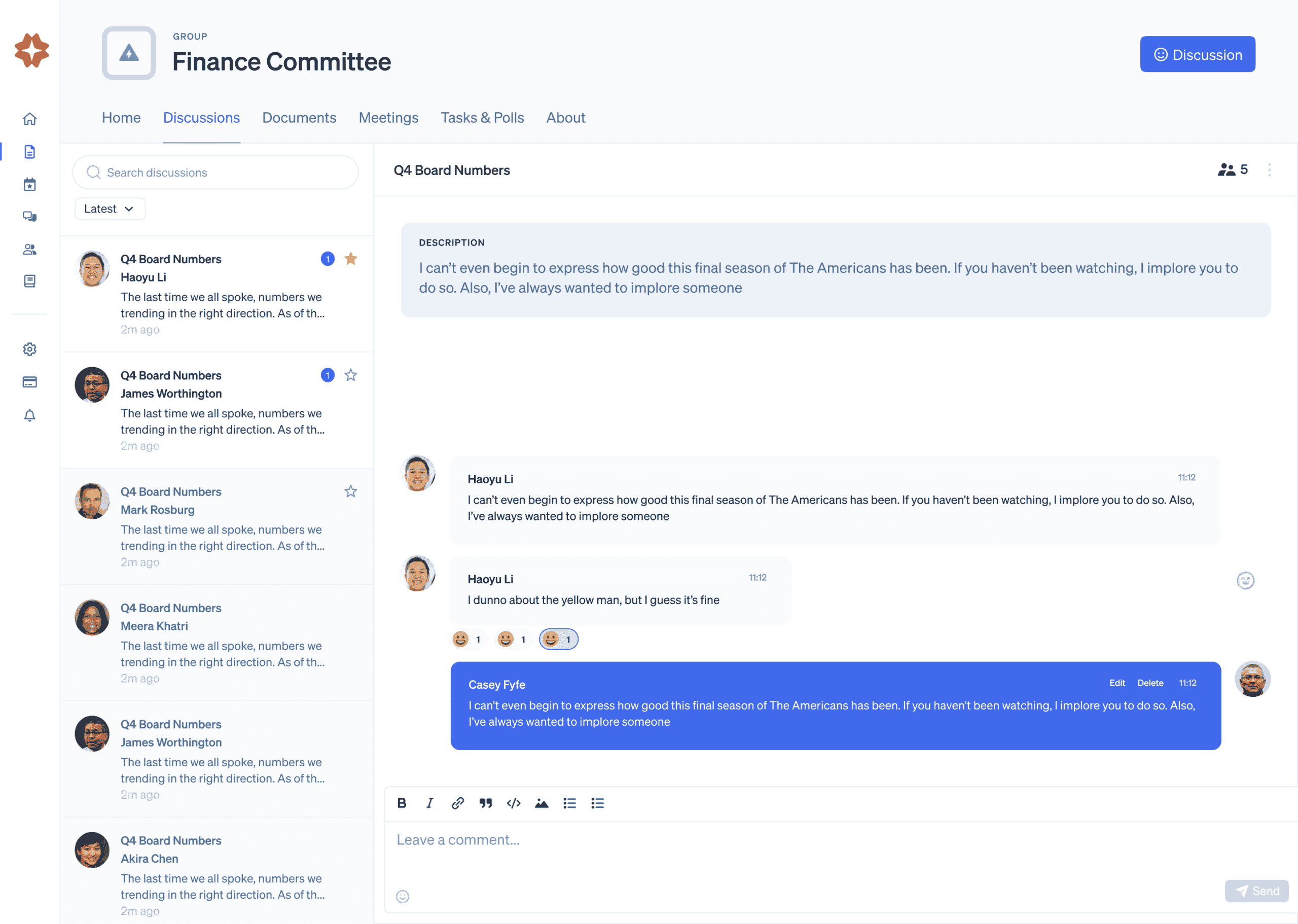As the world becomes more digitally interconnected, cyber threats are becoming an increasingly pressing concern for organizations of all sizes. This is particularly true for nonprofit boards, which are responsible for overseeing the management and strategic direction of the organization. In order to protect your organization against cyber threats, it’s important to implement best practices for cybersecurity across your board operations. In this article, we’ll explore some of the key cybersecurity best practices for nonprofit boards.

1. Conduct a Risk Assessment
The first step in implementing effective cybersecurity practices for board operations is to conduct a risk assessment. This will help you identify potential vulnerabilities in your organization’s cybersecurity defenses and prioritize your efforts to address them. A risk assessment should include an analysis of the types of data and systems that are most critical to your organization, as well as an evaluation of your current cybersecurity controls.
2. Implement Strong Password Policies
Strong passwords are one of the most important defenses against cyber threats. Board members should be required to use complex, unique passwords for all of their accounts and devices. Passwords should be changed regularly and should never be shared or written down. Two-factor authentication should also be implemented wherever possible to add an extra layer of security.

3. Educate Board Members on Cybersecurity Awareness
Cybersecurity awareness training is crucial for board members to understand the risks and threats to their organization. Board members should be trained on how to identify and respond to common cyber threats, such as phishing emails and malware. They should also be informed about the potential consequences of a cyber attack, including reputational damage, financial loss, and legal liability.
4. Use Secure Communication Channels
Board members should use secure communication channels for all sensitive discussions and data sharing. This may include encrypted email, secure messaging apps, or virtual data rooms. It’s also important to establish protocols for handling confidential information, such as requiring secure file sharing and destruction of physical documents.

5. Regularly Update and Patch Systems and Software
Outdated software and systems are a common entry point for cyber attacks. It’s essential to regularly update and patch all systems and software to ensure they are protected against known vulnerabilities. Board members should also be required to use the most up-to-date version of all software and apps on their devices.
6. Develop a Cyber Incident Response Plan
Despite the best efforts to prevent cyber attacks, it’s still possible that they may occur. That’s why it’s important to develop a cyber incident response plan that outlines the steps to take in the event of a security breach. This should include procedures for containing the breach, notifying stakeholders, and conducting a post-incident analysis to identify areas for improvement.
In conclusion, cybersecurity is a critical concern for nonprofit boards. By implementing these best practices for cybersecurity in board operations, you can help protect your organization against cyber threats and minimize the potential impact of a security breach. With the right policies and protocols in place, you can ensure that your board members are equipped to make informed decisions about the cybersecurity risks facing your organization.





